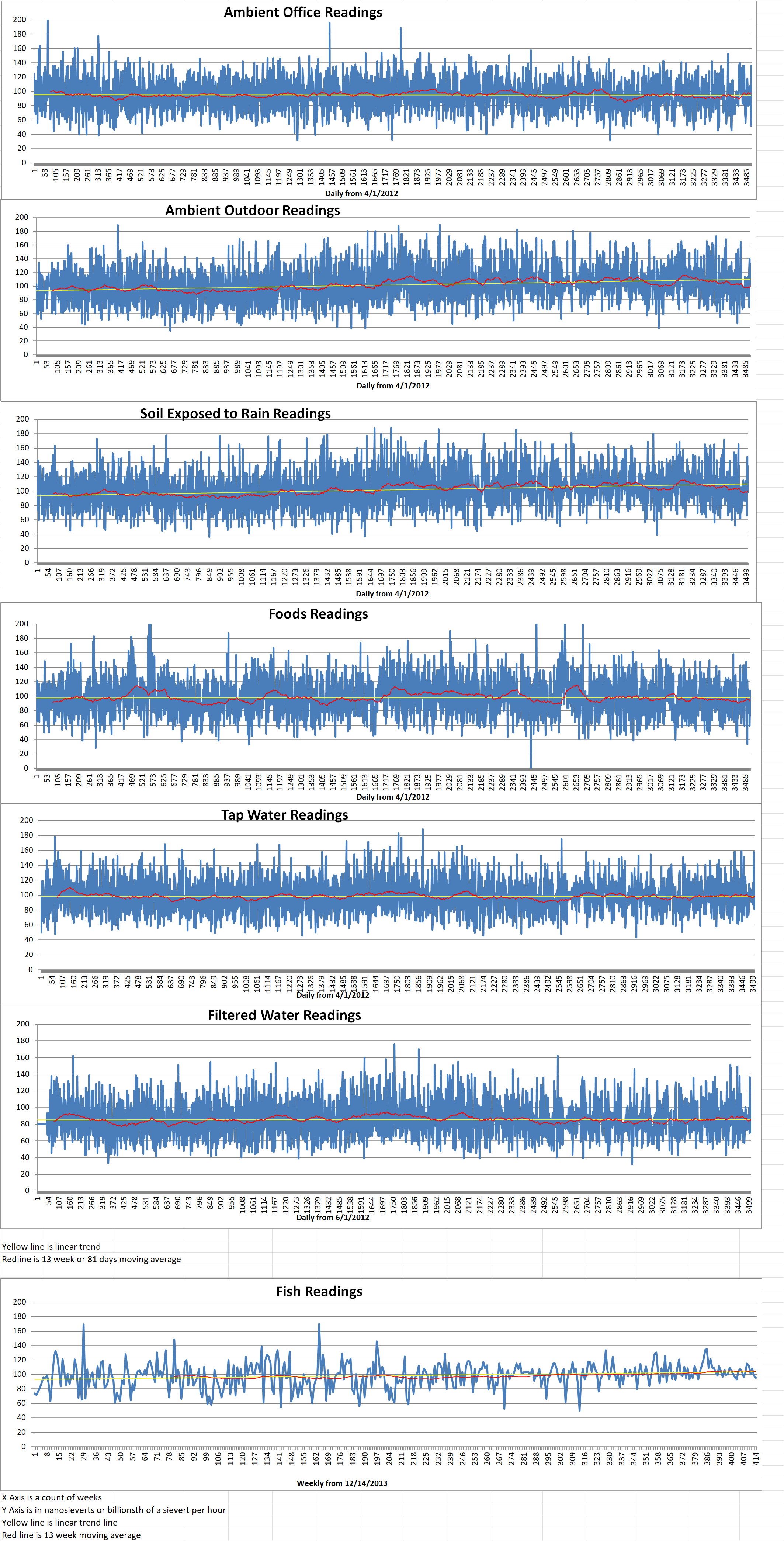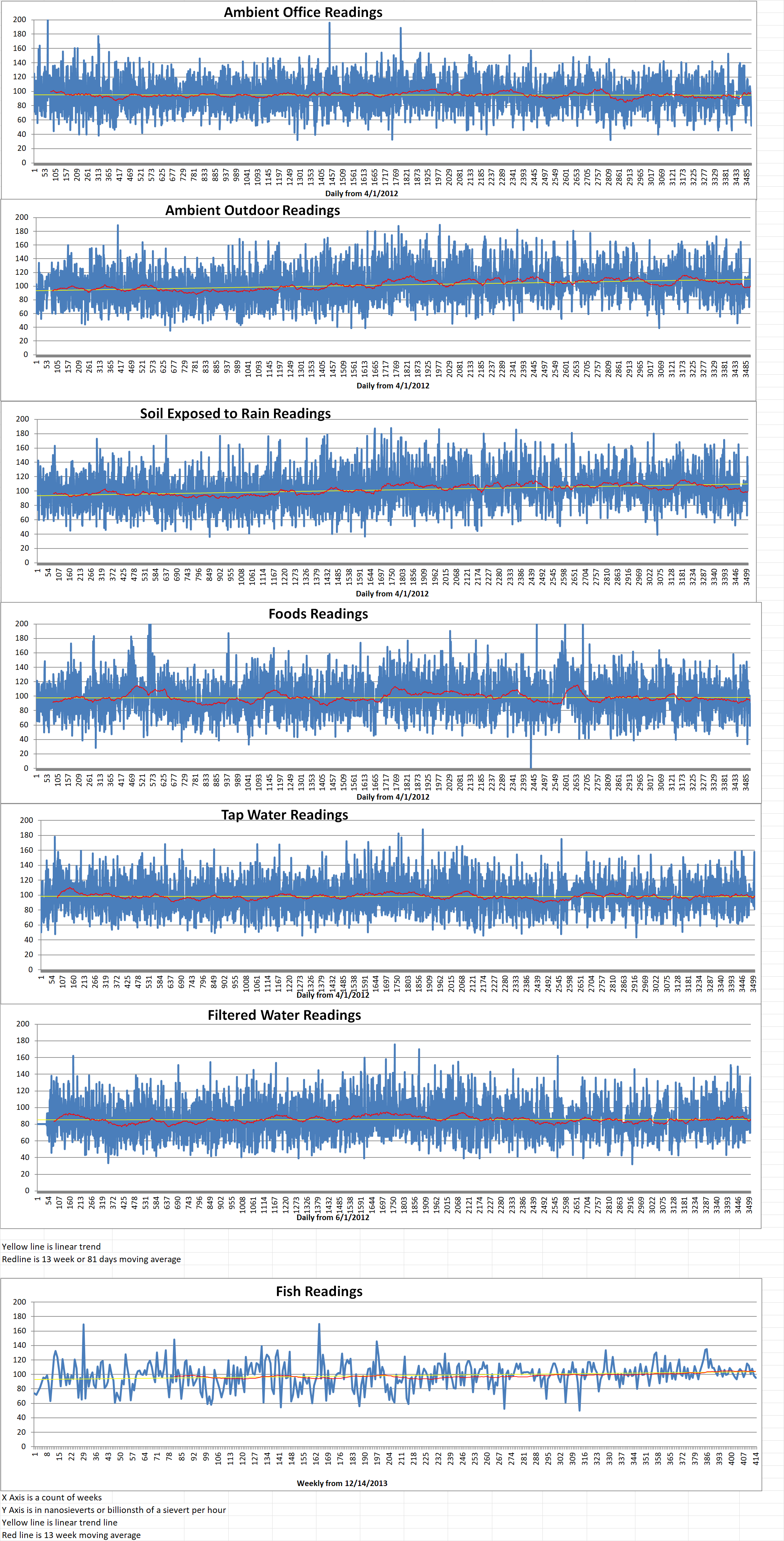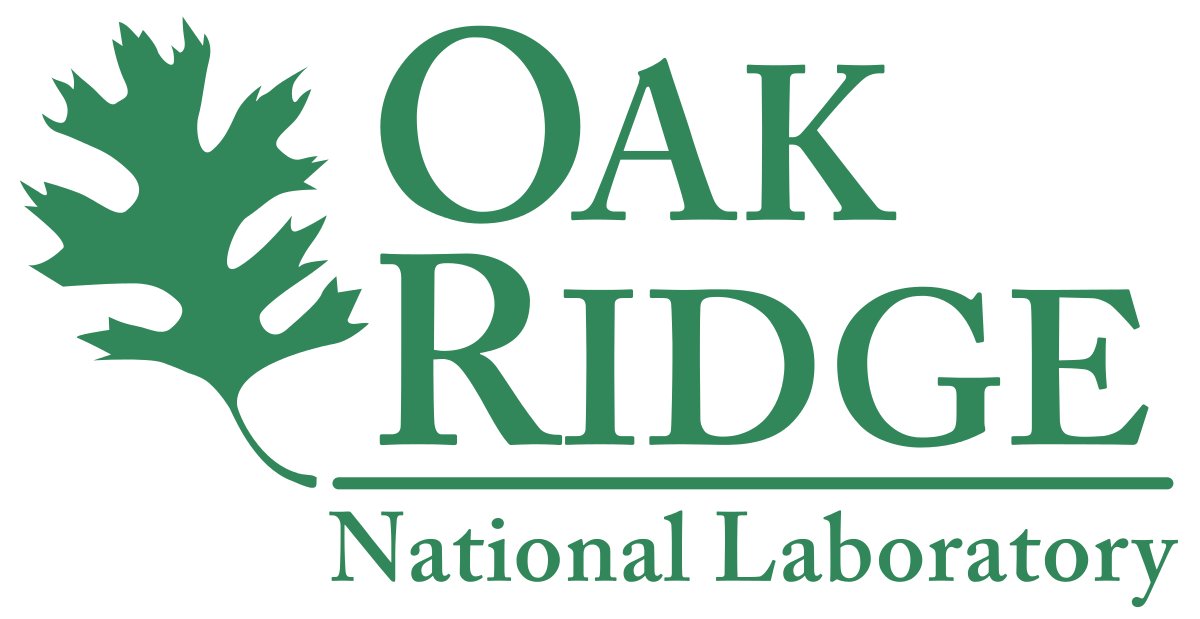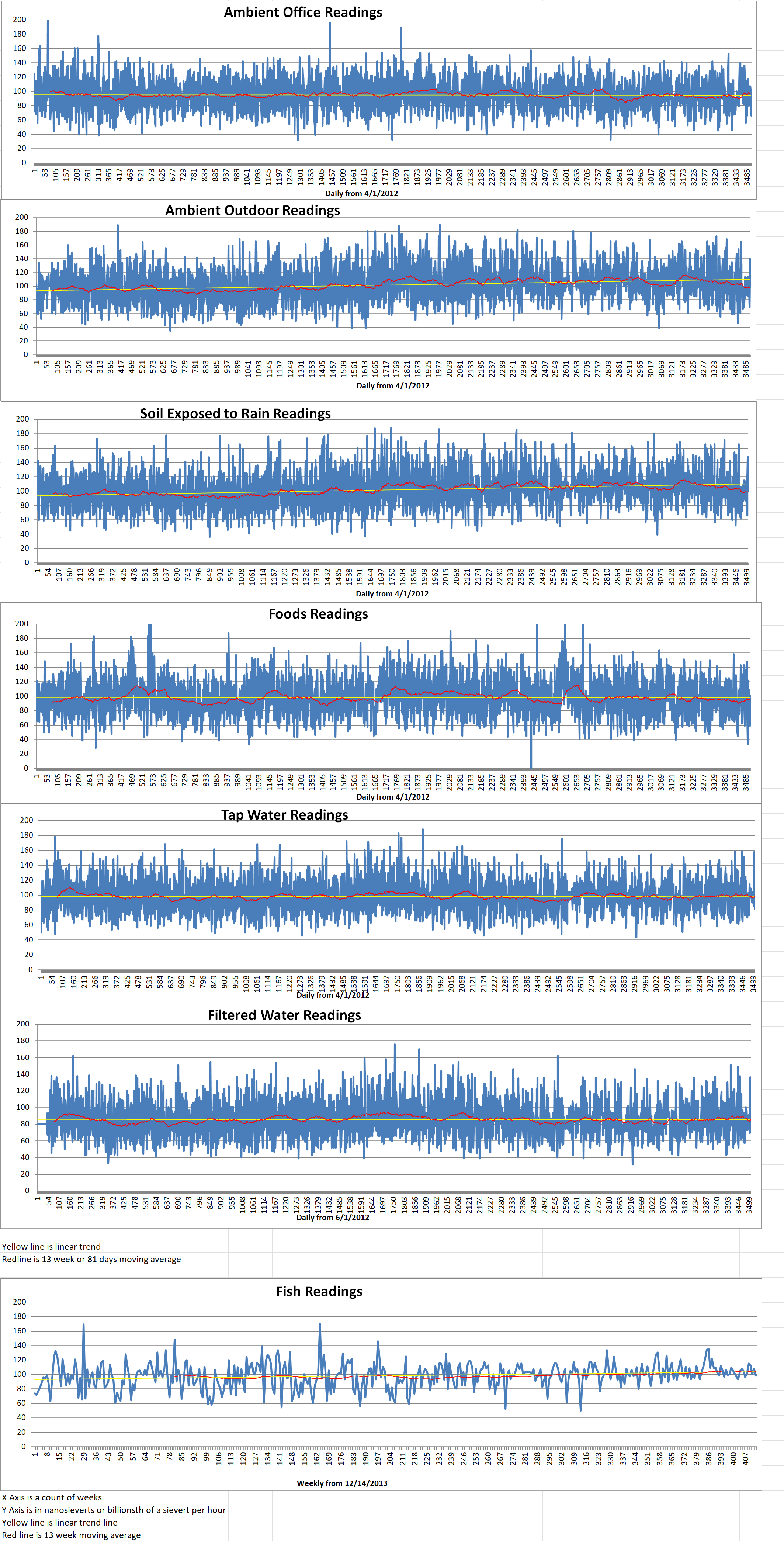Part 1 of 2 Parts
What is called “additive manufacture” (or 3D printing) has already been deployed in aerospace, medical, construction, nuclear industries and general manufacture. I have posted about 3D printing of nuclear reactor components before. This technique has stirred up a lot of interest in the nuclear industry. 3D printing is also being promoted as a key technology for producing small, safe next-generation nuclear reactors. Up to this point, 3D printed nuclear components have been printed from metals.
The latest example of 3D printing in the nuclear industry comes from Ultra Safe Nuclear Corporation (USNC) based in Seattle. According to their website, USNC “will provide hardware and services for reliable energy anywhere on Earth or in Space. We are further utilizing our design, licensing, and technology capabilities, such as ceramic additive manufacturing and proprietary sintering techniques, to develop nuclear power systems for advanced applications on earth and in space. These include Transportable Power Units, Nuclear Thermal Propulsion and Lunar Surface Power systems.”
USNC has licensed a new 3D printing technique from Oak Ridge National Laboratory. The new method will allow the USNC to create nuclear reactor components with technical ceramics that are much more resistant to radiation and extreme temperatures than previous 3D printed metal parts. This allows them to speed up the development of safe, affordable next-generation reactors.
USNC is making micro modular reactors (MMR). MMRs will produce five to ten megawatts of electricity. USNC says that its MMR reactors will deliver safe, clear, and cost effective electricity anywhere. It is the first “fission battery” to be commercialized. Multiple MMRs can be linked together to provide as much power as needed. MMRs do not require a source of cooling water and they do not need to be connected to an electrical grid. They will be able to withstand conditions from the frigid arctic to burning desserts. Demonstration units are scheduled to be available by 2024. They say that the new 3D printing technique should allow them to deploy reactors that cost tens of millions of dollars instead of the billions of dollars required to deploy today’s big conventionally constructed nuclear power reactors.
UNSC is also developing compact nuclear reactors for nuclear powered rockets. Nuclear Thermal propulsion (NTP) systems operate by heating a gas such as hydrogen with a nuclear fission reactor and expanding the gas through a nozzle to produce efficient thrust. Such nuclear engines will operate only in space and never in the atmosphere of the Earth. The UNSC NTP engine is about the size of a big trashcan. It can propel payloads that are up to ten times the size that are possible with conventional chemical propulsion engine. These new engines are expected to be cheap, fast and able to carry big payloads.
Fully Ceramic Microencapsulated (FCM) fuel will provide a new approach to inherent reactor safety by provided an ultimately safe fuel. Industry standard TRISO fuel contains the radioactive byproducts of fission inside layered ceramic coatings. They, in turn, are encases in a fully dense silicon carbide matrix. This combination provides an extremely stable and rugged fuel with extremely high temperature stability.
Please read Part 2 next






